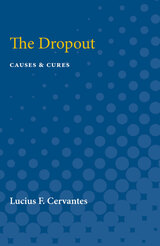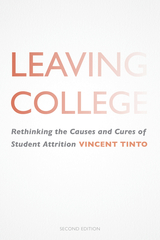


Signs, Cures, & Witchery provides a fascinating glimpse of some little-known Appalachian beliefs and practices among descendants of early German pioneers. Signs, Cures and Witchery opens a window into our ancient past, revealing the courage and resourcefulness of people whose survival depended on their ability to "read signs," cure their own ills, and find explanations for life's mysteries. Local community practices in West Virginia such as witch doctoring, "belsnickling," "shanghai," and folk healing are connected to their medieval counterparts in woodcuts and other works of art. In tracing immigration to remote mountain communities, we learn how expressions of folk art and folk belief survive. This work specifically examines aspects of Appalachian oral tradition and folklore that draw from German culture. Informative and entertaining, Signs, Cures, and Witchery is an invaluable aid to all who have an interest in religion, psychology, folklore, metaphysical, regional, gender, and ethnic studies.
READERS
Browse our collection.
PUBLISHERS
See BiblioVault's publisher services.
STUDENT SERVICES
Files for college accessibility offices.
UChicago Accessibility Resources
home | accessibility | search | about | contact us
BiblioVault ® 2001 - 2024
The University of Chicago Press









